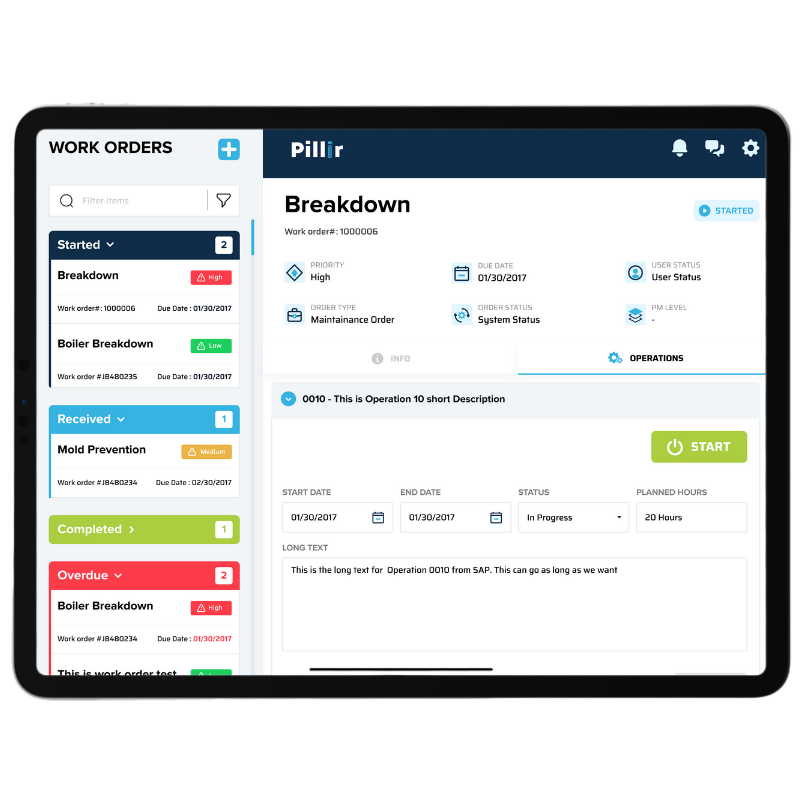With COVID-19’s effects on the global economy now coming to fruition, companies have become more reliant on functioning web applications to manage complex workflows. However, coding web apps and website interfaces for these systems can be tedious, timely and especially frustrating for less experienced citizen developers.
The idea of low code application development has been circulating for months prior to the COVID-19 crisis, but questions about its effectiveness and usability are in question as companies are forced to fuse innovation into legacy systems.
What exactly is Low Code?
Low code is a software development approach to coding that allows users to create and manage applications quickly with minimal manual coding required.
A simple way to understand low-code is to consider print materials production factories: the machines which type out the words on the pages of manufacturing books and bind the pages together don’t decide exactly what the books look like, but they do accelerate the automation of the assembly and delivery process with a simplified, easy to use template for production.
Low-code does just that - it automates the creation of web apps in a manner that makes their creation quick and effective.
Heavily focused on automation, low-code platforms offer a drag-and-drop interface to make application creation all the more effortless.
Low-code can trace its roots back to fourth-generation programming language (4GL) as well as rapid app development tools (RAD) of the 1990s and early 2000s because “it’s based on the same ideas: model-driven design and development, automatic code generation, a framework that provides most functionality so that only specific behavior needs to be coded, and visual programming 'by mouse click' instead (or rather in addition to) hardcore coding,” said Kevin Lonergan.
Companies are now requiring the rapid production of web apps catered to an organization’s unique needs, which is why low-code is so beneficial. It functions as a way to create working apps quickly, replacing the time-consuming process of developing web apps and can increase productivity significantly.
See how you can use Pillir to increase the ease of production at your company.
How Low-Code Increases Productivity
Low-code removes the pain of manual tasks that are highly technical and gives back valuable time to accomplish more important things. Below are different ways low-code can increase productivity in your company:
Low-code can cut 50%-90% of development time of your web apps
According to 451 Research, low code platforms can cut 50%-90% of development time when compared to a coding language. The time saved here is invaluable for you and your team. Rather than only relying heavily on those trained technically in formal programming skills, more people on your team can now focus on more important tasks at hand. EdgeReady Cloud is an example of a low code platform that optimized business processes for many corporations in various industries.
Integrates with Virtually Anything
Easy to implement APIs and connectors integrate with third-party tools such as SAP and SFDC that developers use already- making it possible for them to focus on building incredible web apps quickly and in sync with existing systems.
Drag-n-Drop Interfaces
Drag-n-drop interfaces known by low-code platforms, such as EdgeReady Cloud, allow developers to work effortlessly and quickly.
Security
Security is important for companies needing to quickly pivot production requirements. Low-code promises an emphasis on high-protection and surpasses the requirements for both public and private-sector, no matter the company's hosting solution.
User Experience
Last but not least, one of the most important parts of any organization is the customer experience. How the customer interacts with and experiences your product determines the success or downfall of your business. With low code, you can assure that you’re delivering the best customer experience (CX) with the ability to customize pre-built design templates or import existing designs without interfering with performance or functionality.
So, what does Pillir have to do with low-code?
Formerly appsFreedom, Pillir is a low-code, cloud native, PaaS provider that specializes in enabling customers to generate resilient, always-available, self-managing applications that work in any connectivity landscape.
EdgeReady Cloud provides rapid application development with little-to-no programming and reusable objects; enabling companies to enhance speed to market and innovation. With pre-built integrations for SAP, Oracle, Microsoft Dynamics, Salesforce.com and other legacy systems, customers leverage Pillir to modernize any process or application in weeks, regardless of connectivity, device or back end system.
Contact us to explore how Pillir can increase productivity by enabling teams to build apps quickly on any device and tightly integrate with core business systems that are critical to your operations.
For a limited time, Pillir is offering SAP customers a free ABAP discovery tool called NANCI, the only TCO and ABAP Technical Debt Analyzer for SAP systems.
With no strings attached, contact our sales team to receive your free download and discover what extra technical debt may be weighing down your SAP system.
Is your organization using another ERP system like SAP, Oracle, Microsoft, or another legacy database?
EdgeReady Cloud works with any system, every time. Learn more about our integrations by contacting our team, today.





 Back
Back/Logo%20-%20black%20text%20blue%20pillar%20(large)-1.jpg)

